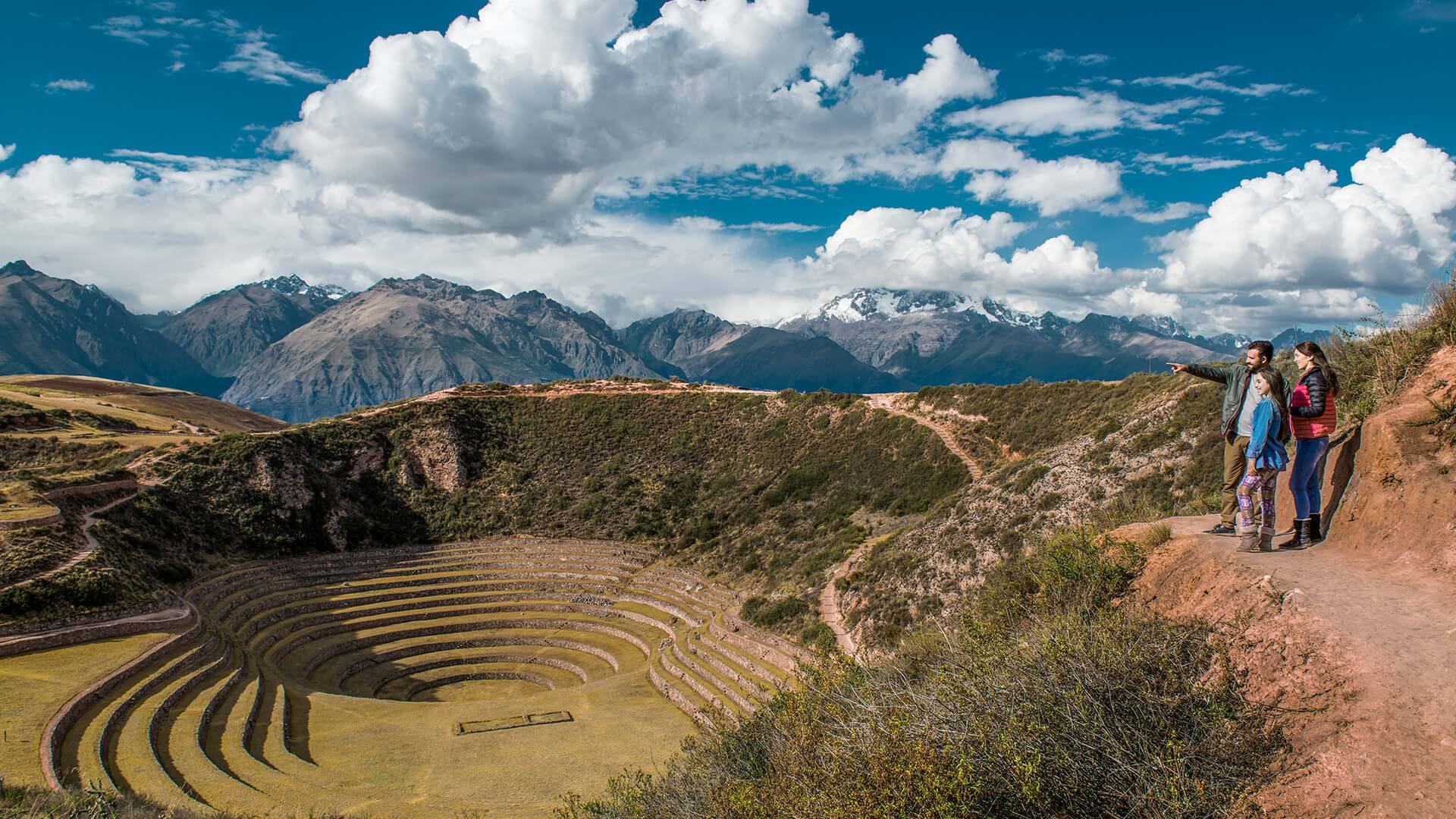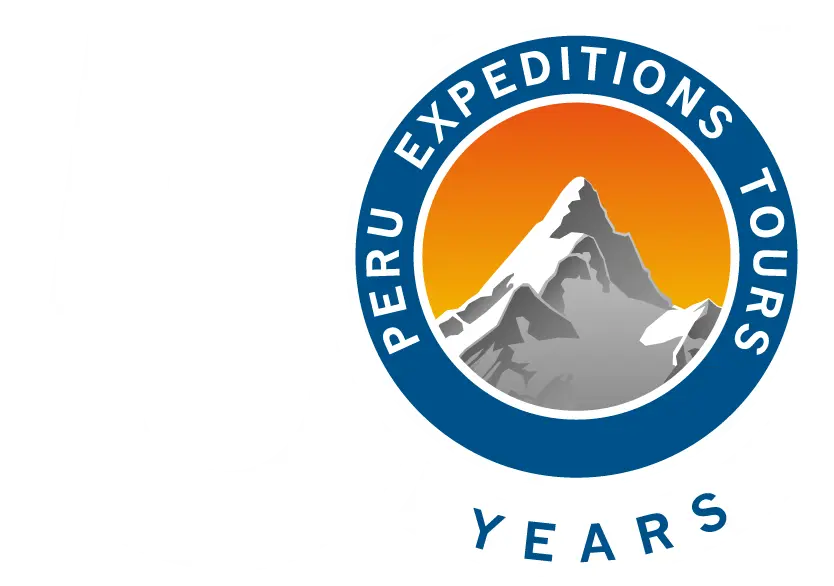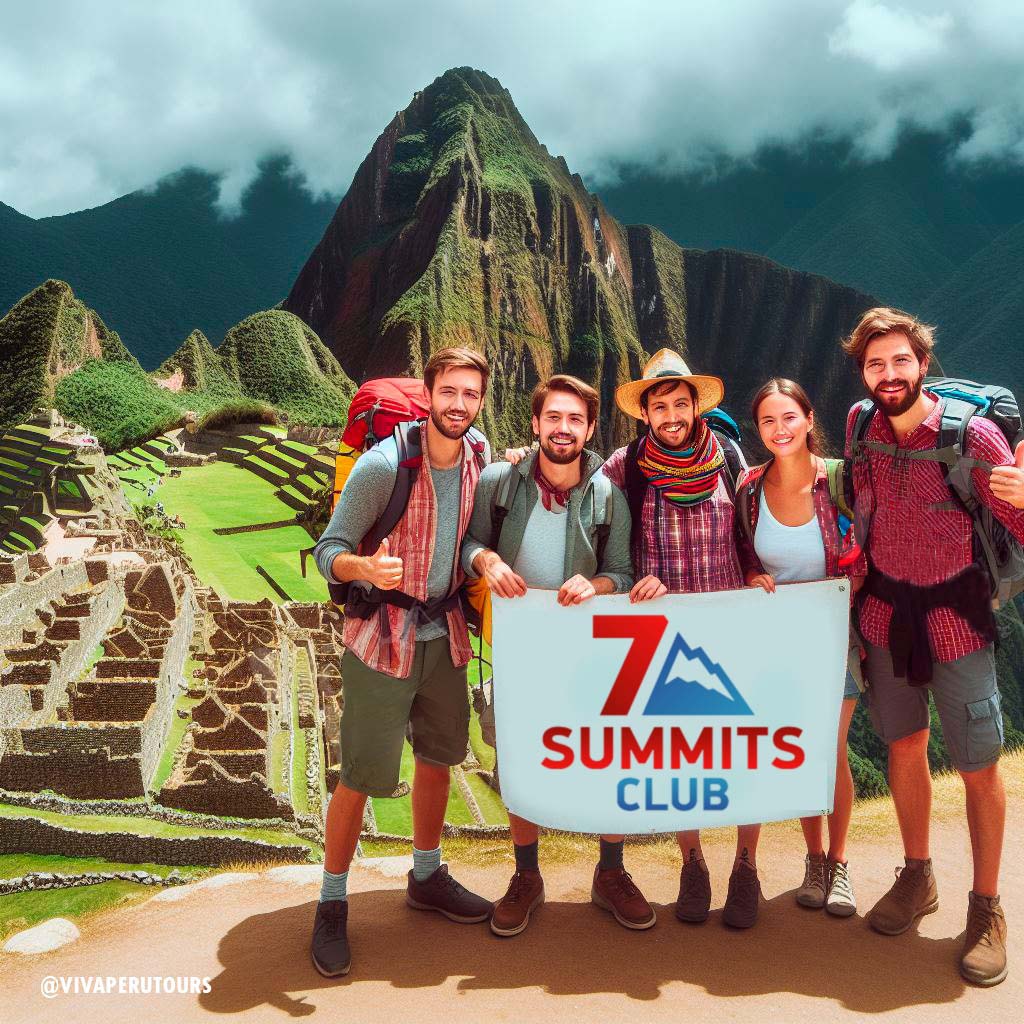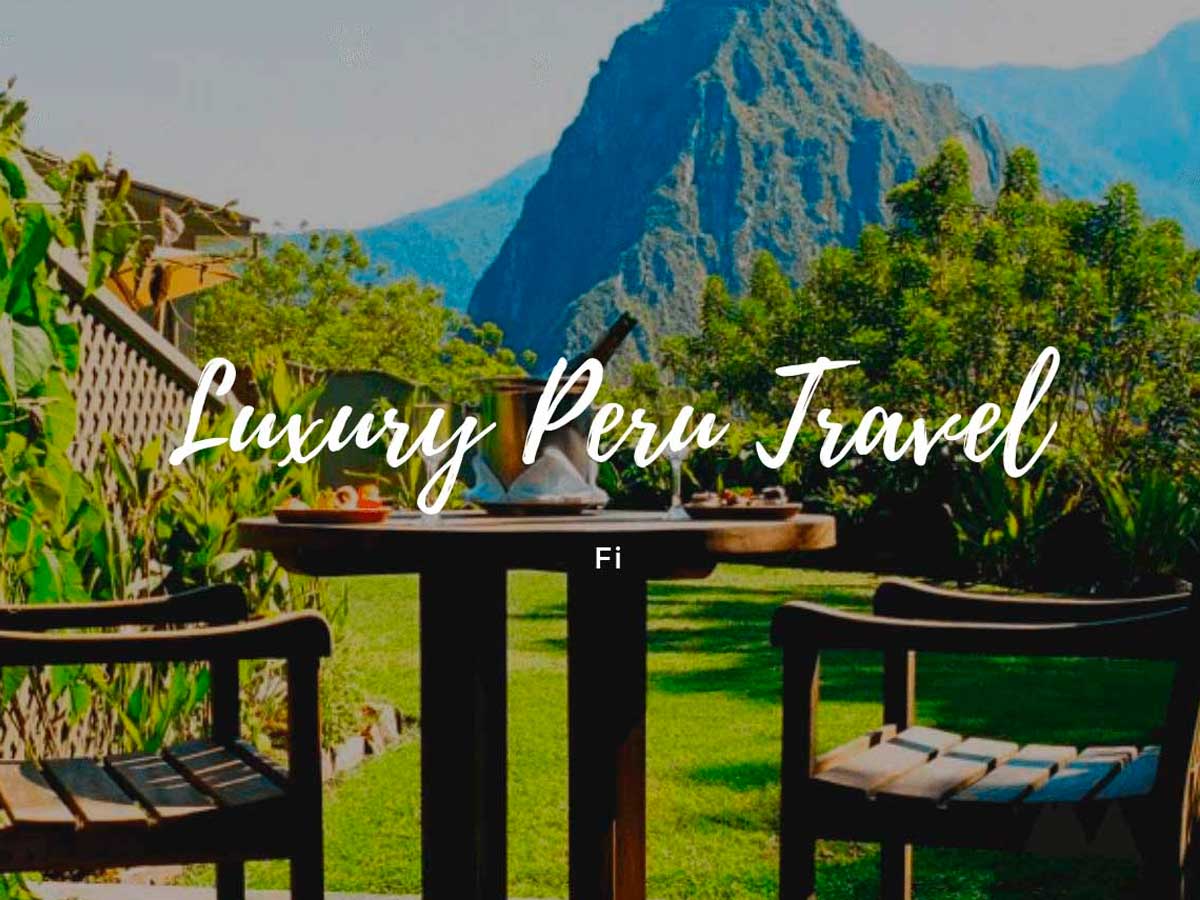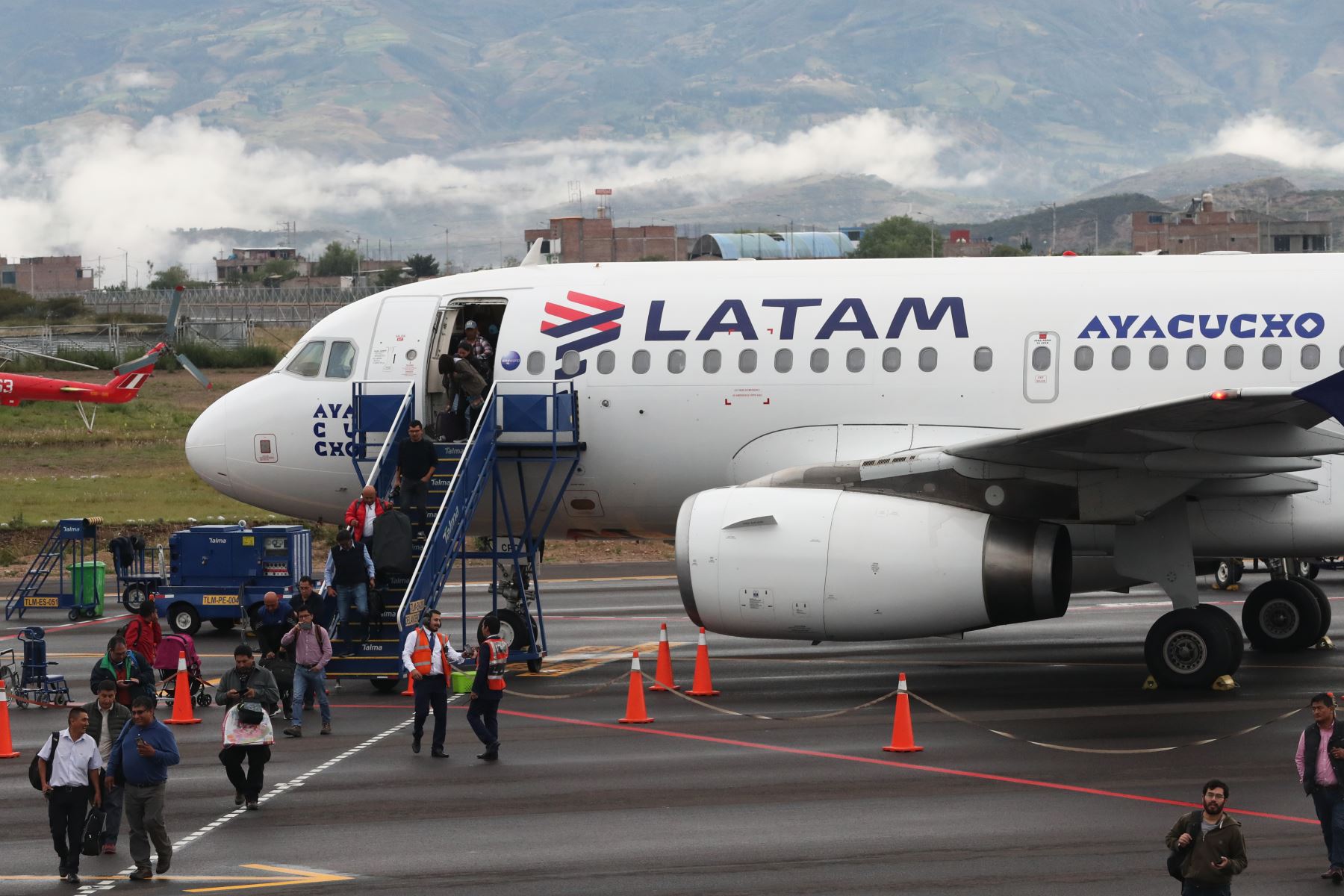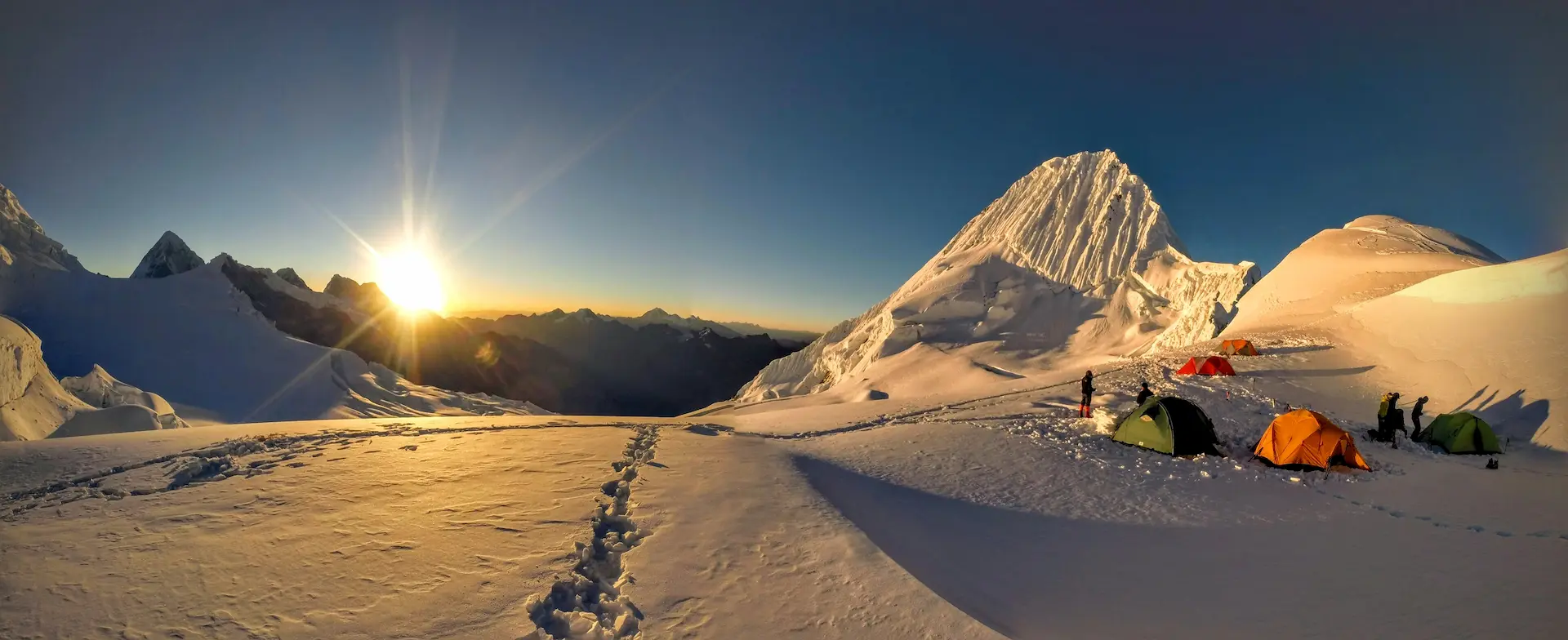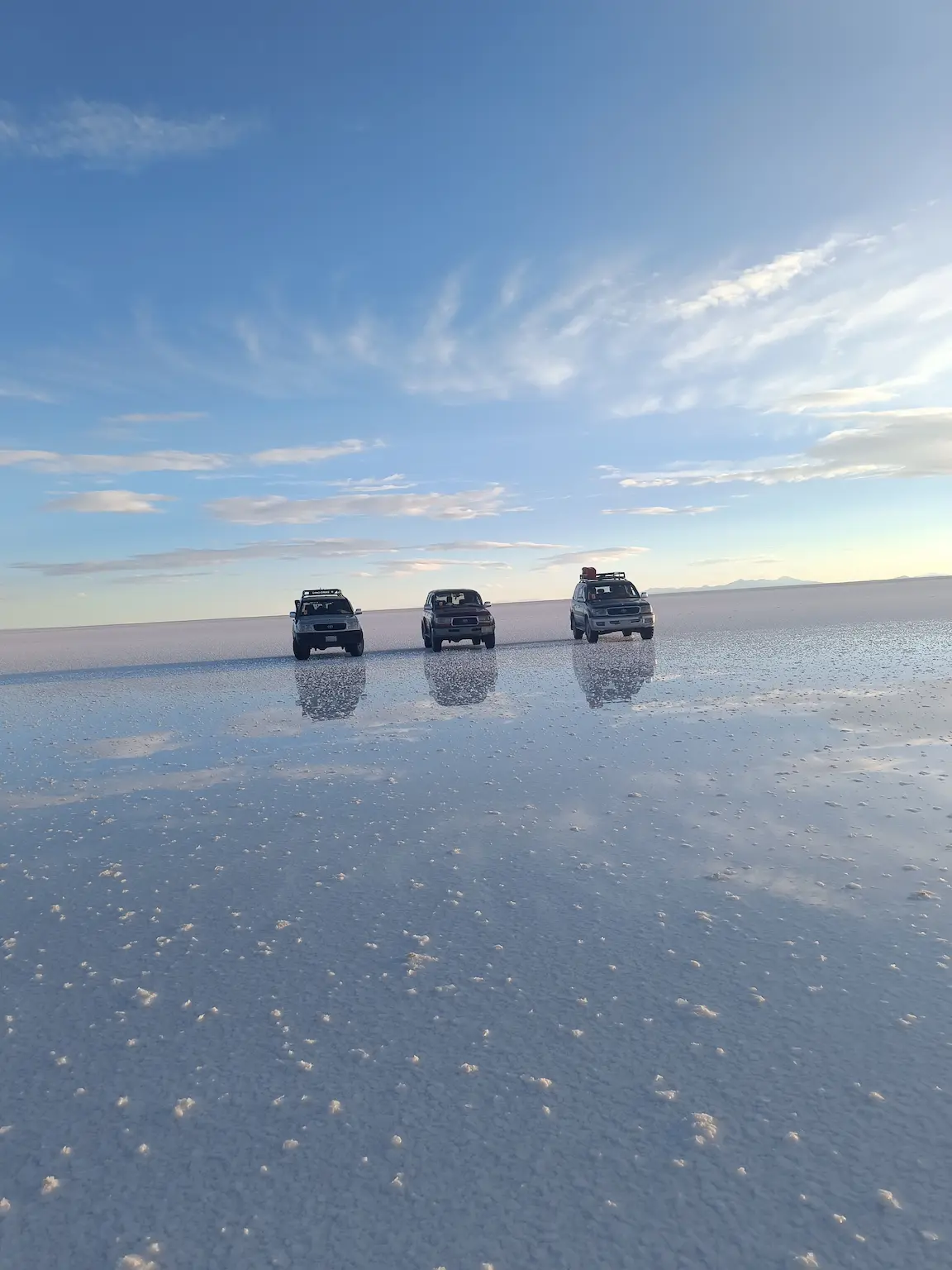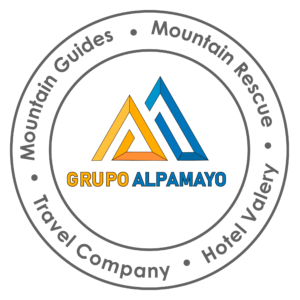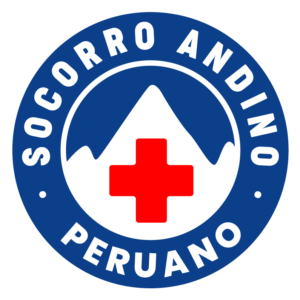Do you want to know why you should visit Peru?
The answer is both simple and complex, like Peru itself. Visiting Peru means experiencing at firsthand an astonishing culture, created by people keen to show you the best their country has to offer, with its landscapes that touch the emotions and inspire feelings that can never be forgotten. Peru is rich because its wealth cannot be measured in material things; its richness lies in the smile of a Cusco child, at the end of a fork, beneath feet that stride across sandy beaches, in the brush of a leaf in tropical forests, in the racing wind at the top of a mountain, and in the heat on your face as the sun shines down.
Peru clearly devided in three important regions, The coast, The highlands and the Jungle . So when you visit Peru, you have so many options of what to visit, from the colonial buildings in Lima, the capital of Peru, to the most fascinating sea wildlife in Paracas, the little of the Peruvian desert near to Ica, the Huacachina Oasis, and the dune activities, to the culture and history of the Incas in Cusco with the most iconic Machu Picchu, the colored Rainbow Mountain, the Titicaca lake, the outstanding places in the Peruvian Jungle, Manu national park, Iquitos. These are just a few of the many places to visit during your journey in Peru.
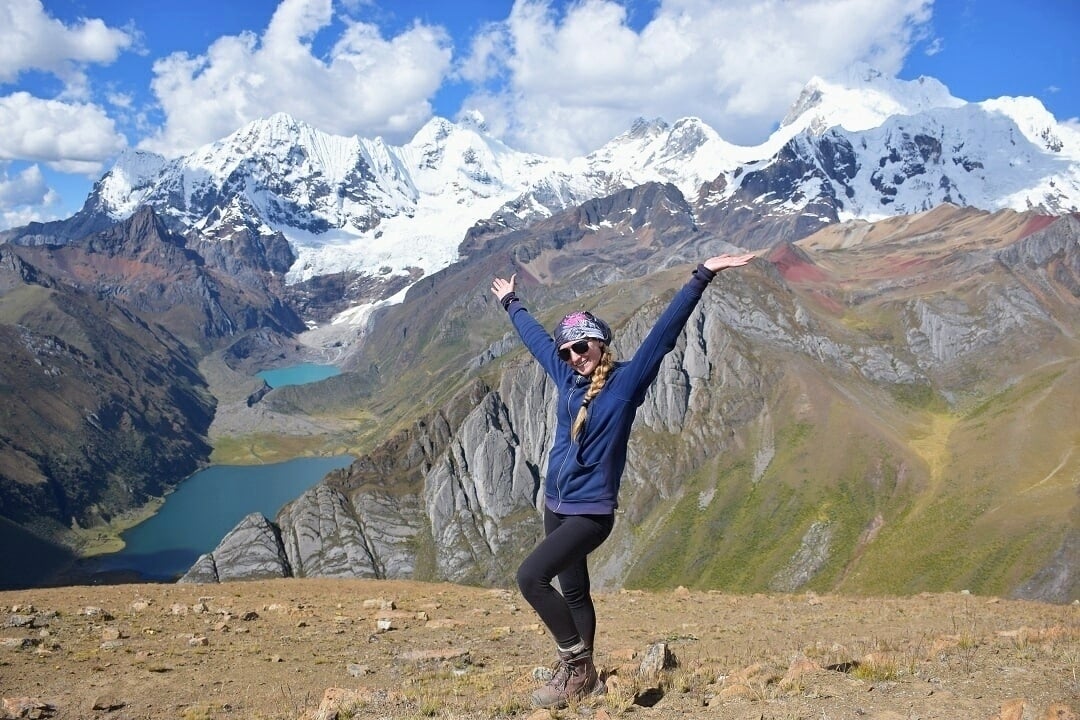
General information and requirements for entering Peru
Foreign nationals who wish to enter and/or leave Peruvian territory must present the following:
- A passport legitimately issued by a country with a minimum validity of six months from the date of entry into the country.
- A valid letter of safe-conduct, legitimately issued by a country and only in exceptional cases as established in international treaties and conventions to which Peru is a signatory, or when approved by the country that issued the letter of safe-conduct, provided that the conditions have been recognized and accepted by the Peruvian authorities. A valid travel document issued by the Peruvian Immigration Department is also valid.
- A travel document or Laissez Passer legitimately issued by a country or relating to international treaties and conventions to which Peru is a signatory, for humanitarian reasons.
- A travel document for refugees and asylum seekers issued by Peru or another country within the framework of the international treaties and conventions to which Peru is a signatory.
- A valid foreign ID document, conforming to international treaties and conventions to which Peru is a signatory and which regulate and define the circumstances in which they will apply.
- Other valid travel documents, conforming to international treaties and conventions to which Peru is a signatory and which regulate and define the circumstances in which they will apply.
For more details, call 943 081 066
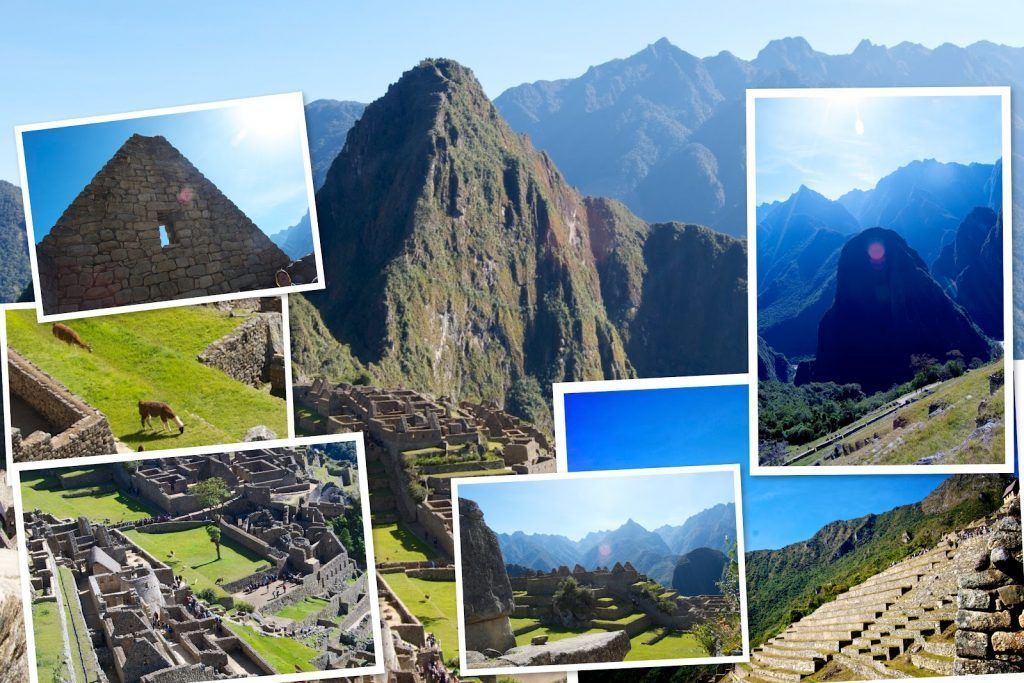
Visas and entry procedures
Peru is an easy country to enter. People from most countries in the Americas and Western Europe do not need a tourist visa to enter Peru. The maximum length of stay that the authorities grant to tourists is 183 days, which cannot be extended. If you wish to stay longer for other reasons, such as business, study or work, you need to request the relevant visa at a Peruvian consulate in your own country. It is essential when entering Peru to present a valid passport with a minimum validity of six months from the date of entry into the country. Citizens of Argentina, Brazil, Paraguay, Uruguay, Ecuador, Colombia, Bolivia and Chile can enter with their national ID document.
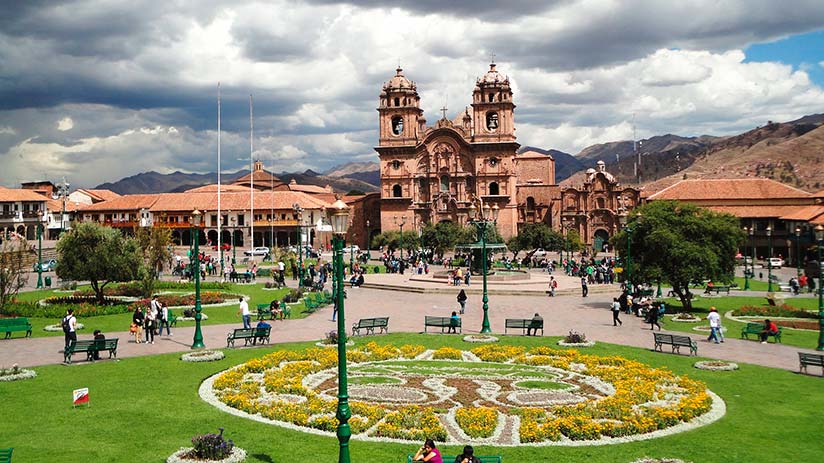
Climate
The seasons of the year (southern hemisphere)
Summer: Dec. 22 – Mar. 21 (the rainy season in the highlands and jungle).
Autumn: Mar. 22 – Jun. 21 Winter: Jun. 22 – Sept. 22
Spring: Sept. 23 – Dec. 21
The presence in the Cordillera of communal Andes and his abrupt geography that Peruvian one country with one o’clock large diversity Coast From Tacna to Piura: warm temperate climate, moderate but with high humidity and thick mist in Winter. In Summer there is very little mist and the temperature reaches 30 °C. From Piura to Tumbes: warm and very dry. Heavy rain between December and April, particularly on higher ground. Average temperature: 24 °C.
Highlands
The highlands have two seasons: Summer (April – Oct.), when the days are sunny, the nights cold and there is little rain (the ideal time to visit); and Winter (Nov. – March), when rain is frequent and heavy. During the day the temperature can reach 24 °C and at night fall to -3 °C.
The jungle
The jungle, like the highlands, has two well-defined seasons: the rainy season (Nov. – March), with abundant rainfall; and the relatively dry seasons (April – Oct.), which is the ideal time to visit. Humidity is very high throughout the year. Occasional “cold snaps” or “surazos” occur between May and August, when the temperature falls to 8 °C – 12 °C.
Hours Peru is in the GMT-5 time zone.
- Lima: 12:00
- New York: 13:00
- Santiago: 13:00
- Buenos Aires: 14:00
- London: 18:00
- Berlin: 19:00
- Paris: 19:00
- Tokyo: 02:00 (*)
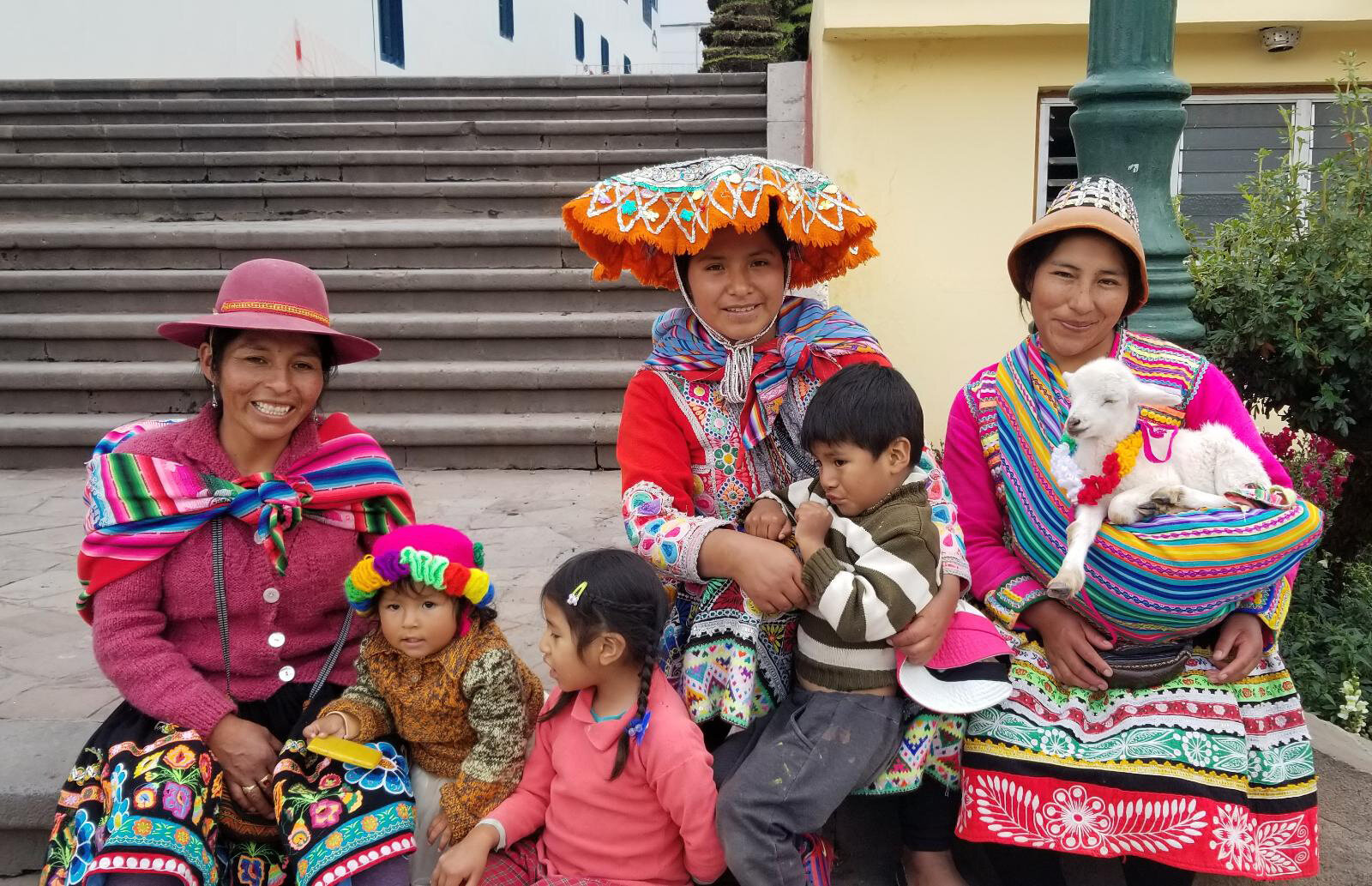
Currency
The official currency of Peru is the Sol (S/). Banknotes have denominations of 10, 20, 50, 100 or 200 soles. Coins come in values of 1, 2 and 5 soles, as well as 10, 20 and 50 cents. US dollars are accepted in many stores, restaurants, hotels and service stations.
Foreign currency can be exchanged at banks or exchange offices. There are also street “cambistas” who change money, but the transaction cannot be guaranteed. The normal opening hours for bureaux de change are Monday to Friday, 9 a.m. to 6 p.m., and 9 a.m. to noon on Saturdays. You can find ATMs in almost all cities in the country, and most are connected to the Plus (Visa), Cirrus (MasterCard/Maestro), American Express, and other networks. You can take cash out in US dollars or soles, but the exchange rate is often higher.
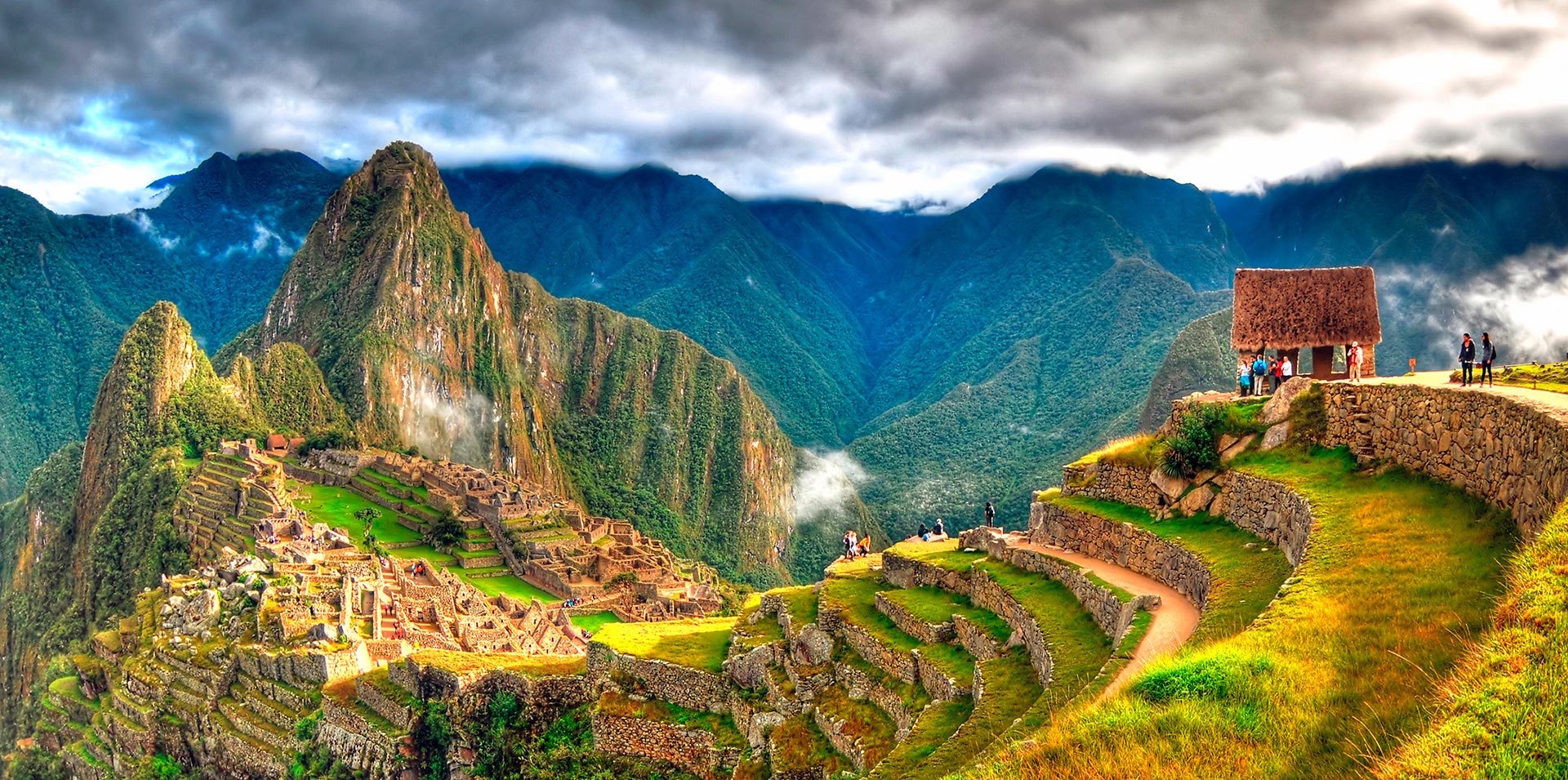
Cusco City Information
Cusco has the most touristy area just near the main square, where you can find everything concerning tours, hotels, restaurants, bars, ancient Inca buildings, pharmacies, money exchange, camping gear shops, etc. These are just a block or half block from your hotel, and the sellers speak English as well. Also, we recommend visiting the local market in San Pedro, where you can find the cheapest groceries or some souveniers.
Hiking on the city centre it safe there are police officer in each corner, also the local people can give you some recommendations in case you are looking for it. The people who work in tourism mostly speak English, so feel free to ask them anything.
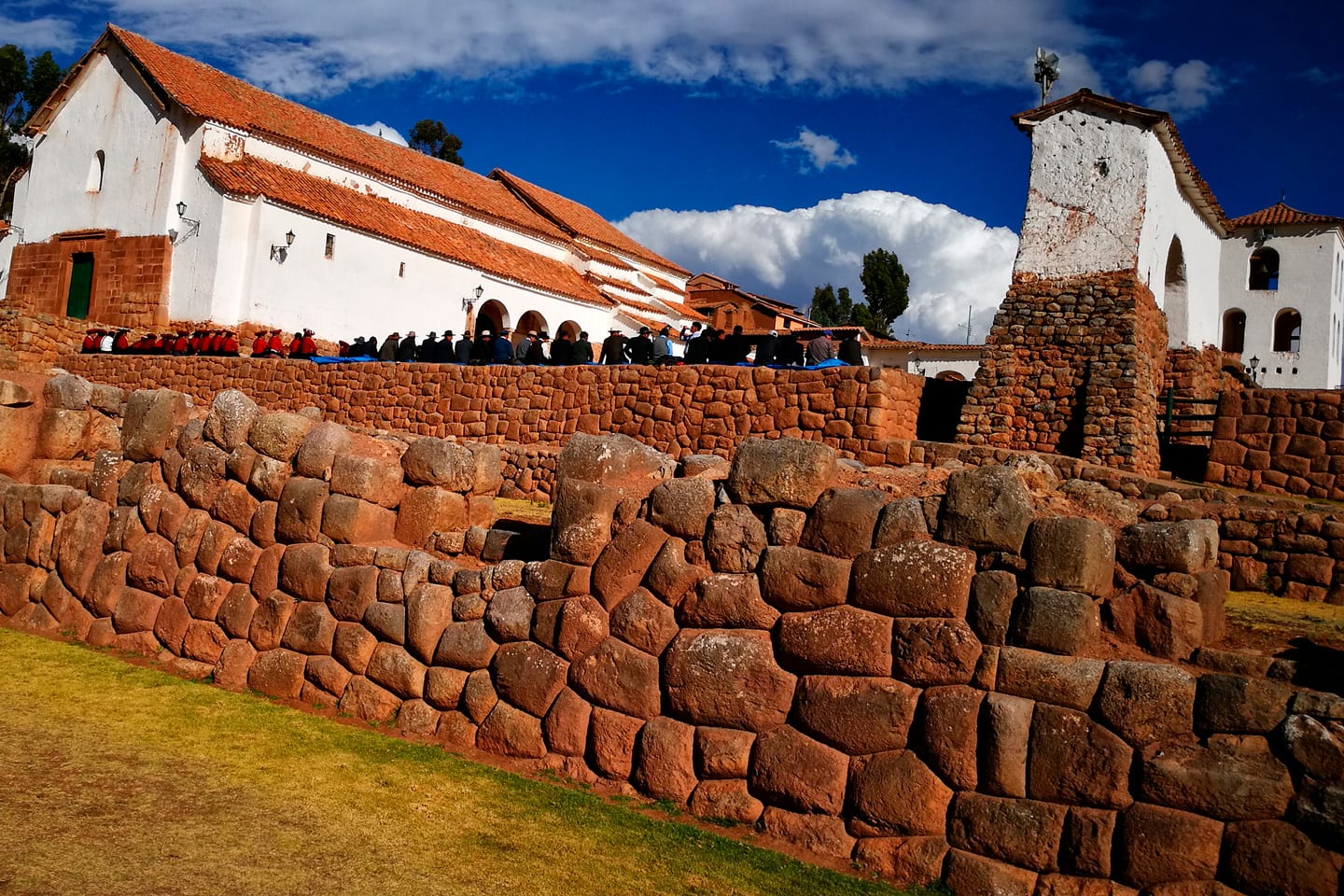
Most Incredible Trek Tours in Peru
The location on Peru makes this country to have incredible trekking tours from the large cost area, the high Andes mountain to the dense amazong in the east side of Peru. Lets mention the most outstanding trekking routes that you can do while you visit Peru.
The Classic Inca Trail
The Inca Trail is one of the most famous trek in the entire Peru and South America, it cross some beautiful Inca ruins during its four-day hiking to Machu Picchu. Nowadays the Peruvian govermment had sectioned 42km (26 miles) and is the most reguled trek in Cusco, only 250 trekkers are allow to hike everyday and that is why you should book in advance to secure your spot. Hiking the Inca Trail is one of those bucket list items for anyone planning a trip to Machu Picchu, and it’s something many people have been contemplating since the very beginning. Today, there are many routes to visit Machu Picchu: by train from Ollantaytambo to Aguas Calientes, by bus from Cusco to Hidroelectrica, and many others. However, the classic Inca Trail 4-Day is one of the best and will transport you to incredible places where you can learn about the Inca culture, history, and traditions and enjoy the most incredible landscapes that you can only see by hiking along this ancient path.
The Salkantay Trek
The Salkantay Trek is one of the most popular ways to get to Machu Picchu. Less famous than the iconic Inca Trail, the Salkantay Trek offers breathtaking views of the high Peruvian Andes and is quite easier to book and cheaper. And on top of that, many say the Salkantay is just as beautiful! For these reasons, many people looking for a multi-day trek to Machu Picchu choose the Salkantay Trek. The most popular itinerary is the five-day tour which runs about 70km (43 miles) crossing some wonderful lakes, snow-capped mountains, high jungle and Inca ruins, and explore Machu Picchu at the end of your adventure.
Huayhuash Trek
Possibly the best alpine trek in the entire world, the Cordillera Huayhuash trek has become well-known among outdoors enthusiasts for its sheer mountain peaks, pristine glacial lakes, and encounters with traditional Andean culture.
With a length of about 130km (81 mi) and elevations as high as 5,490m (18,012ft), trekking the Cordillera Huayhuash offers stunning landscapes. The feeling of being off the beaten path is one of the best things about trekking in the Cordillera Huayhuash.
For those who decide they are up to the challenge, Huayhuash will have many rewards in store. The entire path is above the treeline, giving visitors a panoramic view of gorgeous mountainous landscapes at all times.
The Choquequirao Trek
The ruins of Choquequirao are among the most distinctive and remarkable Incan monuments in Peru, nestled in the highlands high above the Apurimac River. Choquequirao, which was virtually unknown until only a few years ago, is comparable to Machu Picchu in many aspects. Considered a challenging trek and one that should be taken quite seriously, the four-day Choquequirao trek is the only way to access the Choquequirao ruins. The vast majority of travelers agree that the Choquequirao trek was more challenging than they were expecting but worth it for the incredible experience at the ruins and gorgeous views along the way.
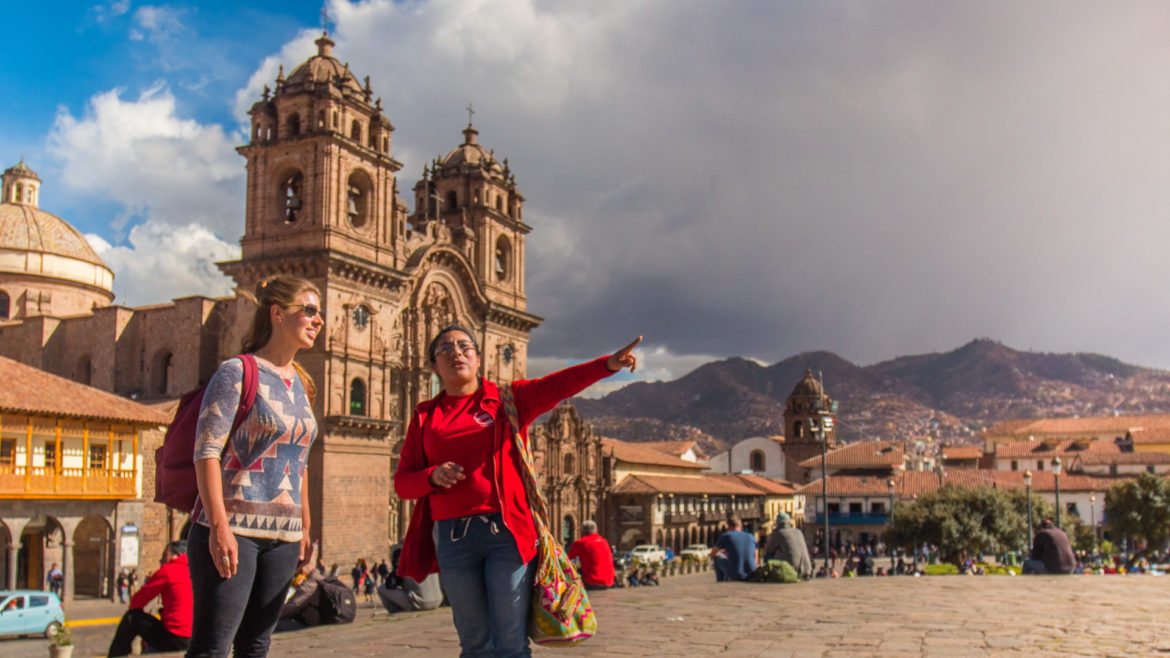
Best Local food that you should try
Peruvian cuisine is a fusion of local and international flavors. Rooted in the indigenous traditions, Peruvian cuisine has gained influences from other cultures including European, African, and Asian over the past several hundred years. The result is a fusion cuisine that reflects the nation’s multicultural history.
Ceviche Peruvian ceviche is a traditional dish widely eaten in Peru. The method of preparing it is different to that of ceviche in other places, using lime, fish, sweet potatoes and other foods. In Peru, ceviche has been declared to be part of Peru’s “national heritage” and has had a holiday declared in its honor.
Lomo Saltado Lomo saltado is a popular, traditional Peruvian dish, a stir fry that typically combines marinated strips of sirloin (or other beef steak) with onions, tomatoes, french fries, and other ingredients; and is typically served with rice. The dish originated as part of the chifa tradition, the Chinese cuisine of Peru, though its popularity has made it part of the mainstream culture.
Guinea Pig Cuy is the way to call the guinea pigs in Peru. Unlike other places in the world, we do not usually have them as pets. But it is a delicious delicacy that is eaten throughout the country. This dish is best served with potatoes and traditional sauces. It is a traditional food that has been served on special occasions since the times of the Incas.
